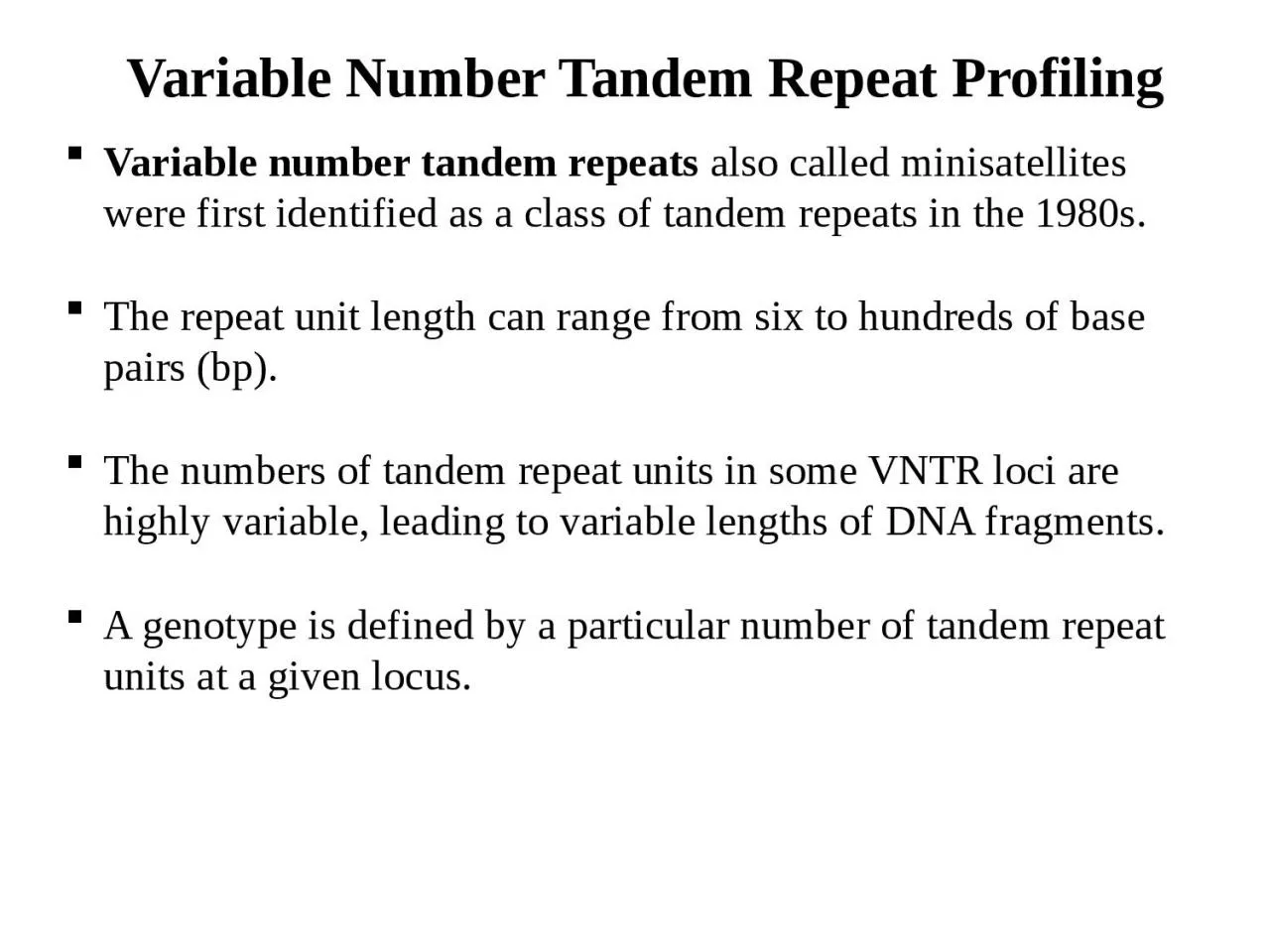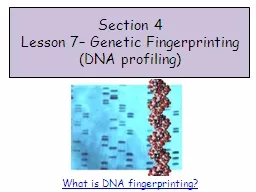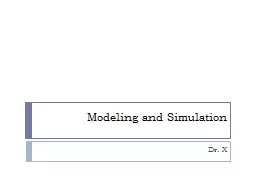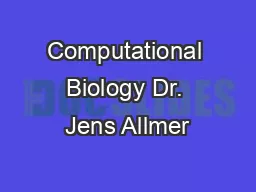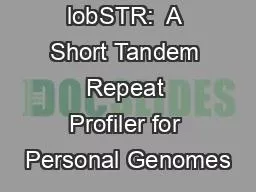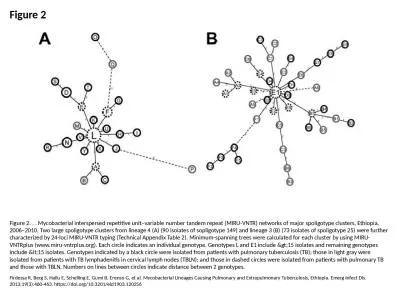PPT-Variable Number Tandem Repeat Profiling
Author : delilah | Published Date : 2023-08-30
Variable number tandem repeats also called minisatellites were first identified as a class of tandem repeats in the 1980s The repeat unit length can range
Presentation Embed Code
Download Presentation
Download Presentation The PPT/PDF document "Variable Number Tandem Repeat Profiling" is the property of its rightful owner. Permission is granted to download and print the materials on this website for personal, non-commercial use only, and to display it on your personal computer provided you do not modify the materials and that you retain all copyright notices contained in the materials. By downloading content from our website, you accept the terms of this agreement.
Variable Number Tandem Repeat Profiling: Transcript
Download Rules Of Document
"Variable Number Tandem Repeat Profiling"The content belongs to its owner. You may download and print it for personal use, without modification, and keep all copyright notices. By downloading, you agree to these terms.
Related Documents

